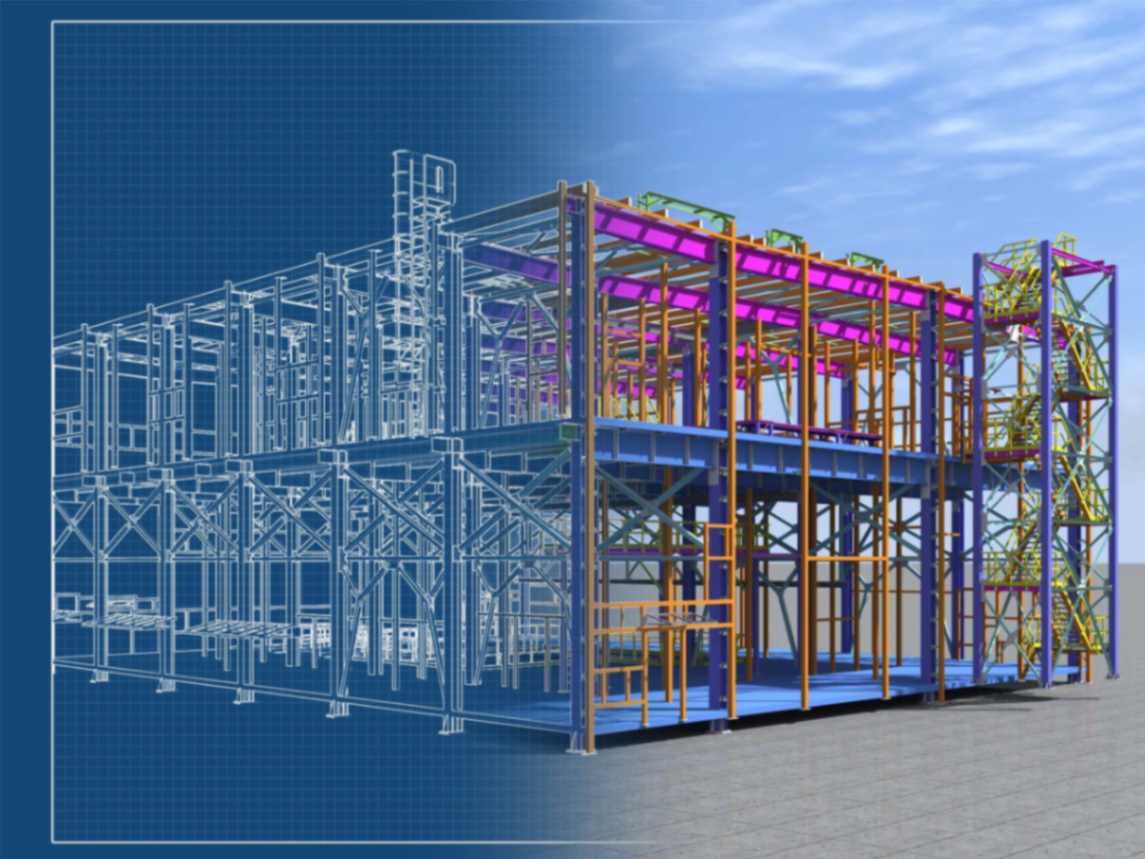How Point Cloud Data Inaccuracies Affect BIM Modeling in Renovation Projects?

Building Information Modeling is one of the most transformational technologies in the Architectural Engineering and Construction field. It mainly enables results-oriented planning, design, and execution of construction projects.
On top of that, renovation projects are the ones that get the most out of the tech integration of BIM. Yet, the successful transformation of traditional methods into BIM modeling in renovation works may face obstacles because of point cloud data inaccuracies.
This article will show how to reduce the effect of the inaccuracy of BIM modeling in renovation projects.
What is the Point Cloud Data in BIM Modeling?

A 3D scans the specifications of a structure or building in existence. The data is then combined with countless points using a technique called Point Cloud Scan.
This is also known as Point Cloud Scan to BIM. It converts Point Cloud scan data into a digital twin of the building. This is done by first uploading Point Cloud data into the BIM software and then using that as a basis to create the 3D BIM models. It contains important information regarding a building’s shape, structure, element arrangement, materials, MEP equipment and more.
Challenges Arising from Point Cloud Data Inaccuracies

Point cloud data has various limitations, for example, devices, surroundings, and people mistakes during the acquisition and the processing. Such inaccuracies including noise, occlusions, and registration errors are great challenges for BIM modeling in the renovation projects.
Noise and Interference
Noise in point cloud data might be generated either through the Equipment’s limitations or too many environmental conditions. This can bring about such errors in the geometry of the structure that they will be interpreted as incorrect during modeling. The Renovation Project is no doubt a Precision Project, and since any noise in the point cloud data can create a mismatch between the digital model and the real world, the construction works will be expensive due to mistakes.
Occlusions and Missing Data
Data capture occlusions can take place when specific parts of a structure are blocked from the observer’s view. In fact, this can be the reason for the missing or partial data. In renovation projects, one of the main problems that are caused by occlusions is the inaccuracy of the information that has been captured as is, which is particularly true for complex structures and hidden elements.
Mitigating Point Cloud Data Inaccuracies in BIM Modeling

Inaccuracies in point cloud data pose challenges, but proactive measures can mitigate their impact on BIM modeling in renovation projects.
Quality Assurance and Validation
The implementation of quality assurance protocols is important for detecting and fixing the errors in point cloud data. This includes carrying out detailed messages, confirming the integrity of data, and effectively rectifying the errors. State-of-the-art validation techniques like feature extraction and comparison with existing documentation can also achieve this end of point cloud data accuracy and reliability for BIM modeling.
Iterative Modeling and Refinement
Stakeholders should join hands and constantly improve the software in order for the digital models to be accurate. Greenbuilders’ architects, engineers, and contractors are fundamental to the solution of errors through identifying and then correcting the discrepancies caused by inaccurate point cloud data.
Besides that, parametric modeling tools enable modification in real time. Things like this guarantee that the digital model will meet the project requirements and will accurately depict the actual conditions.
Conclusion
Scan to BIM Services, which can enhance renovation projects and cooperation among the parties involved, can make a world of a difference for construction projects. But, the point cloud data must have top-notch precision for effective BIM modeling.




